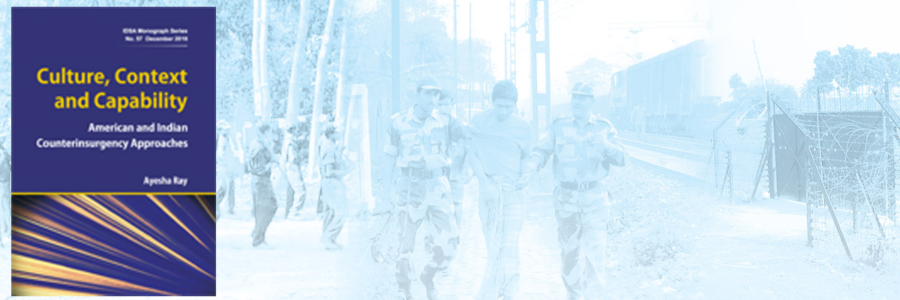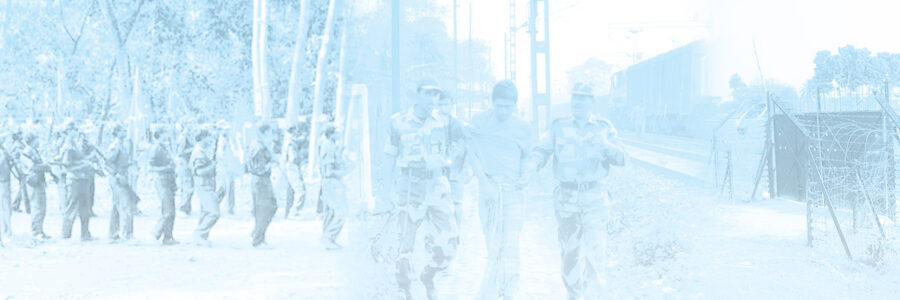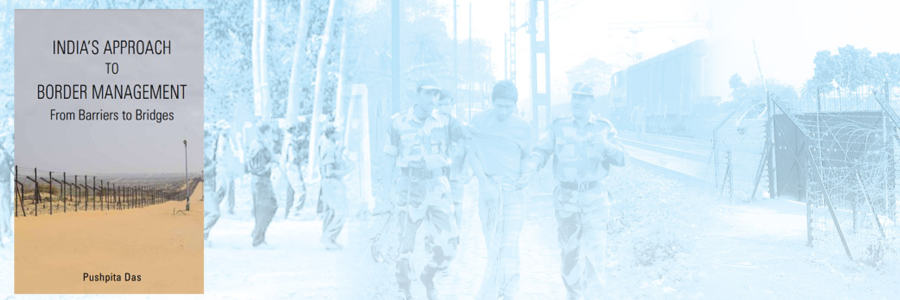Maoists’ Attacks on Infrastructure
Rebels of the Communist Party of India (Maoist) have been repeatedly targeting infrastructure, which are soft targets. The targets of their attacks include telecommunication towers, Railways and power transmission centres and lines, to name a few.
- P. V. Ramana
- February 20, 2009















